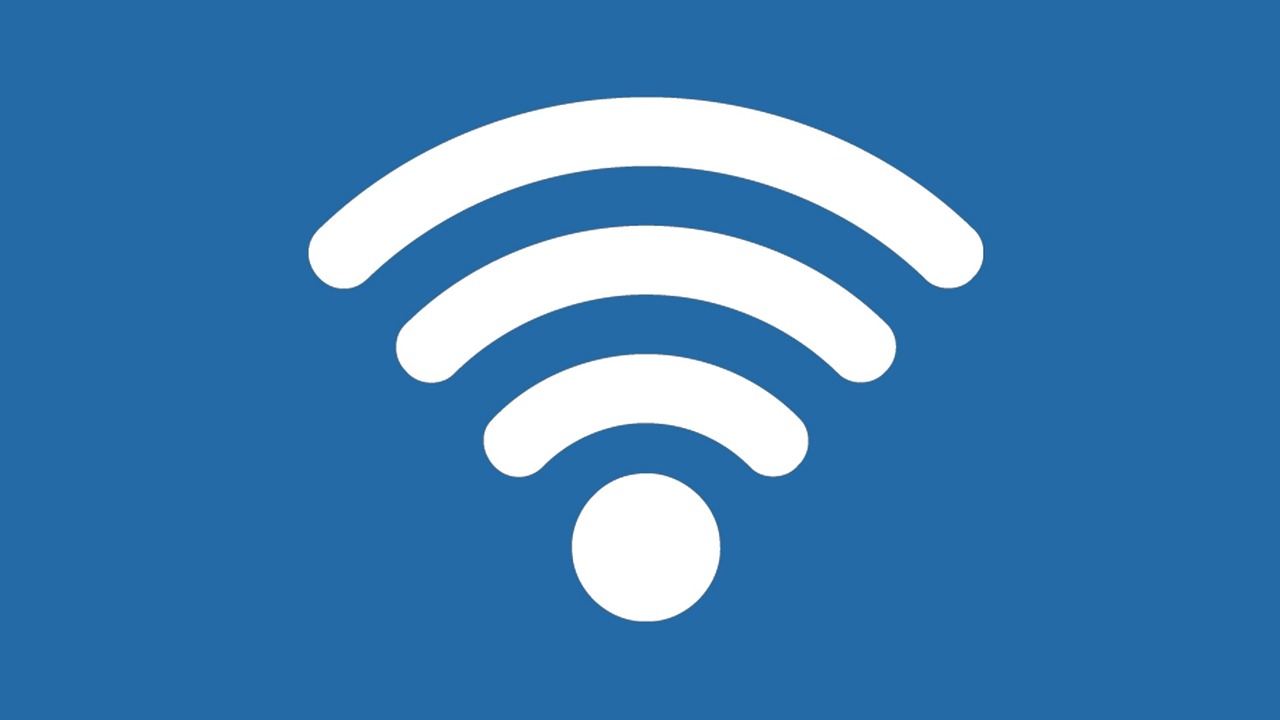As our reliance on technology continues to grow, so does our need for fast and reliable internet speeds, especially when it comes to multiple devices. Whether you’re a household with multiple members or a business with a team of employees, having a strong internet connection that can support multiple devices is crucial. But how do you compare internet speeds for multiple devices and choose the right plan for your needs? Here are some key factors to consider.
1. Bandwidth
Bandwidth is the amount of data that can be transmitted over an internet connection in a given time period. When it comes to multiple devices, bandwidth is an important consideration, as it determines how much data can be sent and received across all devices on the network. The more devices you have connected to the network, the more bandwidth you will need to ensure that everyone can use the internet without experiencing lag or slow speeds.
When comparing internet plans, look for plans that offer high bandwidths. This is often measured in Mbps (megabits per second) and can range from as low as 10 Mbps to as high as 1 Gbps (gigabit per second). Keep in mind that the actual speed you experience may be lower than the advertised speed due to a variety of factors, such as the number of devices connected to the network and the quality of your router and modem.
2. Download and Upload Speeds
Another important factor to consider when comparing internet speeds for multiple devices is download and upload speeds. Download speed refers to the rate at which data is transferred from the internet to your device, while upload speed refers to the rate at which data is transferred from your device to the internet.
When it comes to multiple devices, both download and upload speeds are important, as they determine how quickly data can be transferred across all devices on the network. Look for plans that offer high download and upload speeds, especially if you have multiple devices that require a lot of data, such as video streaming or online gaming.
3. Latency
Latency, also known as ping, is the time it takes for data to travel from your device to a server and back. Latency is an important consideration when it comes to multiple devices, as it can affect the overall speed and performance of your internet connection.
When comparing internet plans, look for plans that offer low latency. This is often measured in milliseconds (ms) and can range from as low as 5 ms to as high as 50 ms or more. Lower latency means that data can be transmitted quickly and efficiently across all devices on the network, resulting in faster load times and smoother performance.
4. Connection Type
The type of internet connection you have can also impact the performance of your internet connection for multiple devices. There are several types of internet connections available, including DSL, cable, fiber-optic, and satellite.
DSL and cable connections are often the most widely available and affordable options, but they may not offer the fastest speeds or the best performance for multiple devices. Fiber-optic connections, on the other hand, offer the fastest speeds and the best performance for multiple devices, but they may not be available in all areas and can come at a higher cost.
Satellite internet is another option, but it tends to be slower and less reliable than other types of internet connections. When comparing internet plans, consider the type of connection that is available in your area and the performance and cost of each option.
5. Cost
Last but not least, cost is an important consideration when comparing internet speeds for multiple devices. While faster speeds and higher bandwidths may offer a more seamless and satisfying online experience, they may come at a higher cost. On the other hand, slower speeds may result in slower load times and limited functionality, but they may be more affordable.
When comparing internet plans, consider the cost of each plan as well as the value you’ll receive from the plan. Take into account the features and benefits that each plan offers, such as added security measures, customer support, and extra data allowances.
One way to save money on your internet plan is to bundle it with other services, such as cable TV or phone service. Many providers offer bundled services at a discounted rate, which can help you save money while still enjoying fast and reliable internet speeds.
In conclusion, comparing internet speeds for multiple devices requires a bit of research and consideration. When evaluating different plans, be sure to take into account factors such as bandwidth, download and upload speeds, latency, connection type, and cost. By doing so, you can find a plan that provides the right balance of speed, reliability, and affordability for your needs, ensuring that everyone in your household or business can stay connected and productive.








